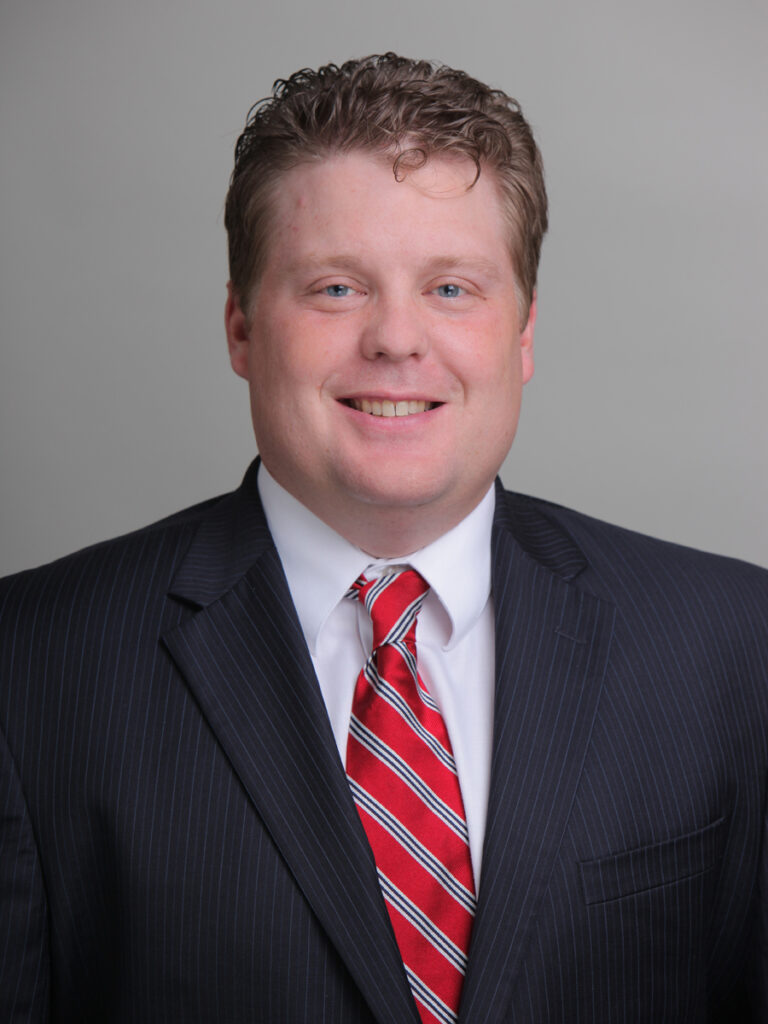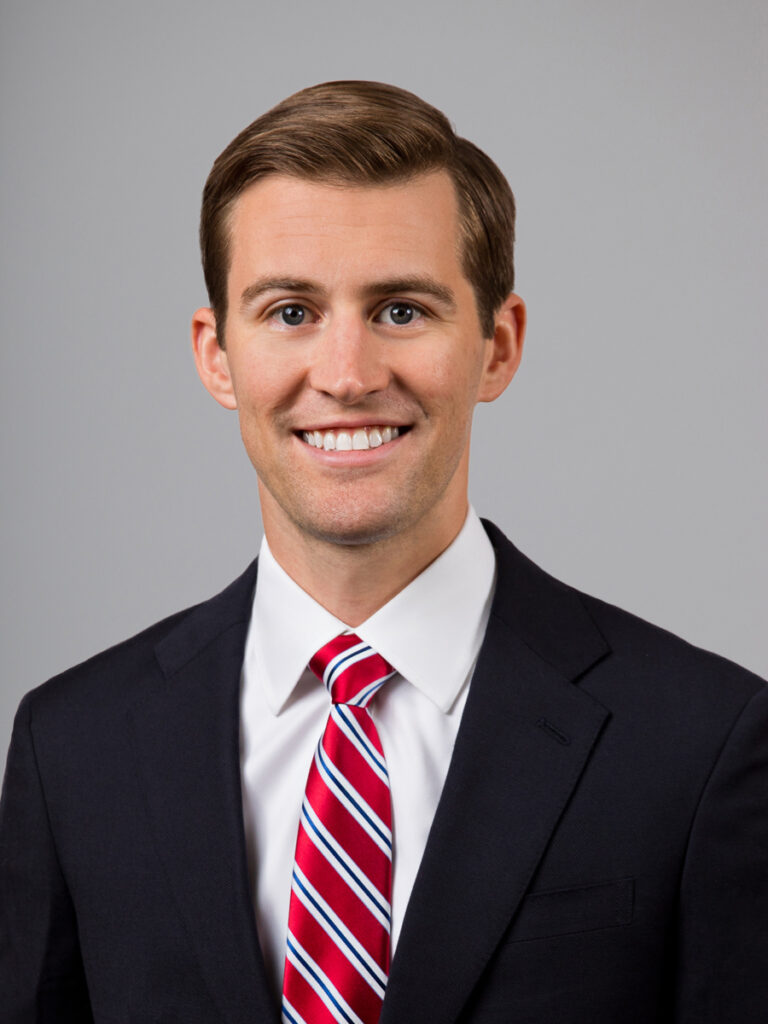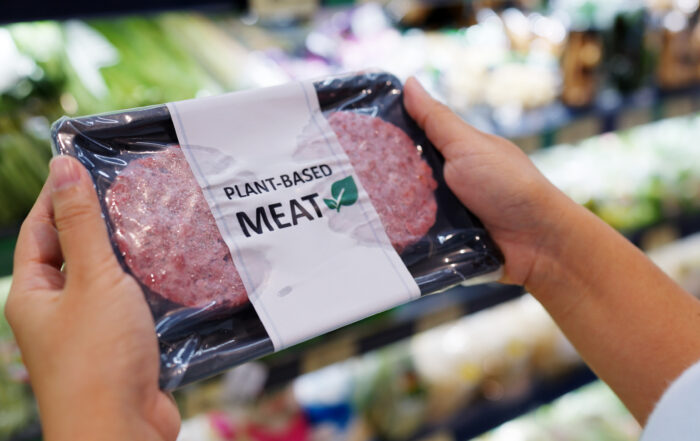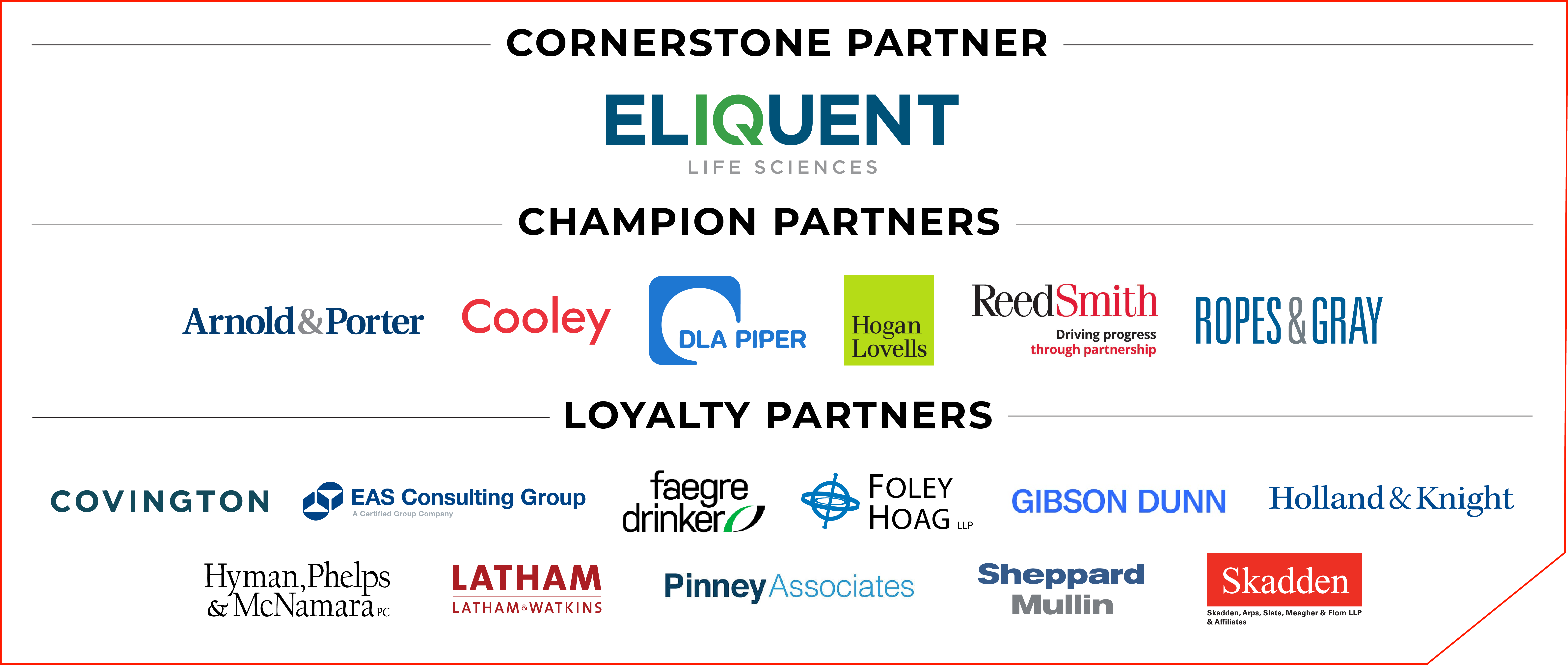
State-by-State Patchwork Creates Onerous Burdens for 503B Outsourcing Facilities
By Lee H. Rosebush & Marc N. Wagner
The U.S. Food and Drug Administration (FDA) provides federal registration of drug establishments and inspects these establishments according to a risk-based schedule. State regulators, most commonly the respective state board of pharmacy, also retain a function of oversight of drug establishments. This article will examine federal and state oversight of 503B outsourcing facilities and argue that states are overregulating these firms, increasing costs, and complicating patient access to necessary medications. To begin, the article will provide a history and overview of regulation of 503B outsourcing facilities. Next, the article will survey select state requirements, highlighting that state regulation of these facilities varies greatly and arguing that compliance with more than 50 different regulatory schemes to operate nationwide is stunting the growth of this industry, which Congress created to mitigate drug shortages. The article will conclude by calling for model standards that states could adopt to regulate 503B outsourcing facilities.
History of 503B Regulation
503B outsourcing facilities are a relatively new breed of pharmaceutical compounders, created by a change to the pharmaceutical regulatory scheme.[1] Created by 2013 amendments to the Federal Food, Drug, and Cosmetic Act (FDCA), these facilities may engage in pharmaceutical compounding without patient-specific prescriptions, but they are subject to rigorous FDA oversight, including current good manufacturing practices (cGMP) and adverse event reporting requirements.
The emergence of the 503B outsourcing facility designation came from tragedy. After a New England compounding facility’s contaminated steroid injections led to a 2012 fungal meningitis outbreak, causing dozens of deaths, Congress passed the Drug Quality and Security Act (DQSA) in November 2013, expanding federal oversight of drug compounding.[2]
The DQSA added Section 503B to the FDCA, which created a new type of regulated outsourcing facility entity. A 503B outsourcing facility is a facility “at one geographic location or address” that “engag[es] in the compounding of sterile drugs; . . . elect[s] to register as an outsourcing facility; and complies with all of the [503B] requirements.”[3] Unlike traditional compounding pharmacies, Section 503B outsourcing facilities may “engage in large-scale pharmacy compounding without a patient-specific prescription.”[4]
The DQSA also created more robust criminal penalties for certain compounding conduct, including outsourcing facilities’ failure to report drugs compounded or adverse events.[5] And under the regulatory regime developed by the DQSA, FDA may conduct risk-based inspections of 503B outsourcing facilities, gauging risk based on the compliance history of the facility, the facility’s recall record, and the risk level of the drugs produced.[6]
Section 503B outsourcing facilities must also follow several baseline requirements related to drug manufacturing. For example, 503B outsourcing facilities must identify and label their products as a compounded drug and give the facility’s contact information, the drug’s lot number, the date of compounding, the expiration date, storage and handling procedures, a statement that the drug is not to be resold, and a list of active and inactive ingredients.[7]
Moreover, 503B outsourcing facilities—unlike traditional 503A drug compounders—must adhere to cGMP requirements as well as adverse event reporting requirements.[8] And in the near-decade since the passage of the DQSA, FDA has released additional regulations and guidance on those cGMP and adverse event reporting requirements for 503B facilities.[9] In this way, FDA’s regulatory framework under 503B has created a rigorous set of standards for these outsourcing facilities.
But federal regulation is not the only framework to which outsourcing facilities must adhere.
State-by-State Regulations of 503B Facilities
Since the emergence of 503B outsourcing facilities nearly a decade ago, states have developed myriad ways to regulate these entities, leading to a patchwork of state-by-state regulations that impose differential burdens on these facilities.[10] Various states require outsourcing facilities to be licensed as pharmacies or categorize them as drug wholesalers or manufacturers. Some states have even developed an entirely new regulatory regime for 503B outsourcing facilities.
This variable regulatory framework, however, imposes inconsistent burdens on these facilities across the country, and it can result in differential treatment of 503B facilities for the same conduct as that of another compounding or manufacturing facility. In this way, the divergent framework is detrimental to 503B facilities, and compliance costs ultimately hurt patients.
Many states require 503B outsourcing facilities to maintain pharmacy licenses and meet certain attendant requirements. This, despite the fact that outsourcing facilities, by their nature, lack relationships with patients—generally a defining quality of pharmacies.[11] New York, for example, requires outsourcing facilities to be “under the immediate supervision and management” of a New York-licensed pharmacist.[12] Furthermore, to dispense drugs to individuals under prescriptions, outsourcing facilities in New York must register as pharmacies and meet all applicable federal and state laws for pharmacies.[13]
Other states, rather than license outsourcing facilities as pharmacies, have pushed 503B outsourcing facilities into regulatory frameworks for drug wholesalers and manufacturers.[14] Texas, for example, licenses 503B outsourcing facilities “as a subcategory of prescription drug manufacturers.”[15] Ohio, similarly, groups outsourcing facilities with drug manufacturers and distributors.[16] Likewise, North Carolina regulates outsourcing facilities through the North Carolina Department of Agriculture and Consumer Services—the regulator which also oversees drug wholesalers, manufacturers, and re-packagers—whereas pharmacies are regulated by the North Carolina Board of Pharmacy.[17]
And yet other states have implemented “entirely new regulatory frameworks for [503B] outsourcing” facilities in the decade since their emergence.[18] California recently adopted such a distinct, outsourcing facility-specific regime, requiring registered outsourcing facilities to be concurrently licensed with the state’s pharmacy board if they compound medication for non-patient-specific distribution in the state.[19] New Hampshire, similarly, requires outsourcing facilities “[i]dentified as Section 503B [f]acilities” to obtain a distinct license from the New Hampshire Board of Pharmacy.[20] Many states also impose distinct requirements for resident versus nonresident 503B outsourcing facilities.[21]
In addition to the differential expectations imposed on 503B outsourcing facilities, the state patchwork of regulations can subject such facilities to disciplinary actions that differ both from their treatment in other states and from the treatment of similar facilities.[22] This divergent disciplinary scheme further burdens 503B outsourcing facilities under the scattered state-by-state regulatory scheme, which creates differential requirements for 503B entities depending on state lines.
Model Standards for 503B Facilities Are Needed
The patchwork regulation of 503B outsourcing facilities is inequitable and untenable; a uniform model standard would alleviate this variety.
Several states’ approaches impose regulatory burdens that are misaligned with the purpose and function of outsourcing facilities. States that require 503B facilities to obtain pharmacy licenses, for example, overlook the fact that these facilities lack the “more fundamental aspects of pharmacy practice, such as the relationship with patients.”[23]
State recognition of outsourcing facilities as playing a role different from that of pharmacies, wholesalers, or manufacturers would also be a step in the right direction.
[1] See generally Stephanie L. Gianturco, SeJeong Yoon, Melissa V. Yuen & Ashlee N. Mattingly, Outsourcing Facilities and Their Place in the U.S. Drug Supply Chain, 61 J. Am. Pharmacists Assoc. e99 (2020) (describing role of compounding facilities in the U.S. pharmaceutical supply chain and challenges they face from the regulatory framework).
[2] See Stella Haeyoung Kim, Note, The Drug Quality and Security Act of 2013: Compounding Consistently, 19 J. Health Care L. & Pol’y 299, 299–300 (2017).
[3] 21 U.S.C. § 353b (2022).
[4] See Dara Katcher Levy, Jeffrey N. Wasserstein, David C. Gibbons & Sara W. Koblitz, Chapter 1. Statutory and Regulatory Controls for Drug Development, Pharmaceutical and Medical Device Law: Regulation of Research, Development, and Marketing 1.I.F. (2018).
[5] Id.
[6] See Walter Thomas Smith, John H. McEniry IV & Greg L. Gambill, There Is No Such Thing as a Compounding Manufacturer! (Or Is There?), Health Lawyer, June 2015, at 7–8.
[7] 21 U.S.C. § 353b(a)(10) (2022).
[8] Walter Thomas Smith, John H. McEniry IV & Darshan Kulkarni, Chapter 14. Pharmaceutical Compounding–Understanding the Blurred Line Between Manufacturing and Traditional Pharmacy Practice, Pharmaceutical and Medical Device Law: Regulation of Research, Development, and Marketing 14.III.C. (2018).
[9] See, e.g., 21 C.F.R. § 310.305 (requiring compounders to record and report serious and unexpected adverse outcomes related to use of their drugs); Regulatory Policy Information, U.S. Food & Drug Admin. (last updated Feb. 8, 2022), https://www.fda.gov/drugs/human-drug-compounding/regulatory-policy-information (collecting draft and interim guidance on 503B requirements for compounding facilities).
[10] See Nathan A. Brown & Eli Tomar, Could State Regulations Be the Next Frontier for Preemption Jurisprudence: Drug Compounding as a Case Study, 71 Food & Drug L.J. 271, 288 (2016).
[11] See id.; see also, e.g., N.D. Cent. Code Ann. § 43-15.3-13 (West 2022) (requiring outsourcing facility to “designate[] a licensed pharmacist in the state of residence as the responsible person on the [outsourcing facility] license” in order to supply non-patient-specific compounded drugs).
[12] See N.Y. Educ. Law § 6808(5)(f) (McKinney 2022).
[13] See id. § 6810(14); see also id. § 6831 (reiterating this requirement and importing requirements of DQSA); N.Y. Comp. Codes R. & Regs. tit. 8, § 63.6 (2022) (implementing statutory requirements).
[14] See Brown & Tomar, supra note 10; see, e.g., Colo. Rev. Stat. Ann. § 12-280-103 (West 2022) (“‘Manufacturer’ or ‘manufacturing drug outlet’ means a person who manufactures drugs and includes a resident 503B outsourcing facility.”); S.D. Codified Laws § 36-11A-4.1 (2022); 503B Outsourcing Facility, Minnesota Board of Pharmacy, https://mn.gov/boards/pharmacy/licenseregistration/503boutsoursingfacility.jsp (last visited July 28, 2022); (“Minnesota regulations require that 503B Outsourcing Facilities be registered as both drug manufacturers and drug wholesalers.”); Licensing: 503B Outsourcing Facilities, Wyoming State Board of Pharmacy, https://pharmacyboard.wyo.gov/licensing/outsourcing-facilities (last visited July 28, 2022) (“The Wyoming State Board of Pharmacy does not yet have a separate license type for Outsourcing Facilities. . . . [A]n entity that is shipping to individuals in Wyoming may be licensed as a Non-Resident Pharmacy, and an entity that is shipping to facilities/pharmacies in Wyoming may be licensed as a Wholesale Distributor.”).
[15] See Tex. Health & Hum. Servs., Drug Compounding Outsourcing Facilities, Tex. Dep’t of State Health Servs., 11 (Jan. 2019), https://www.dshs.texas.gov/legislative/2018-Reports/Rider-40—Drug-Compounding-Outsourcing-Facilities.pdf (“This licensing decision was made: (1) with the authority granted by the Legislature in a budget rider for DSHS to regulate Section 503B of the Federal Food, Drug, and Cosmetic Act (FD&C Act) regarding outsourcing facilities; (2) using its enforcement discretion over drug manufacturing activities under Health and Safety Code 431.002(23)(B); and (3) in consultation with the Texas State Board of Pharmacy.”) (footnotes omitted).
[16] Ohio Rev. Code Ann. § 4729.52 (West 2022).
[17] Compare North Carolina Food, Drug and Cosmetic Act§ 106-140.1 with North Carolina Pharmacy Practice Act § 90-85.21.
[18] See Brown & Tomar, supra note 10. See, e.g., Va. Code Ann. § 54.1-3434-.05 (West 2022); Mass. Gen. Laws Ann. Ch. 112, § 36E (West 2022); Iowa Code Ann. § 155A.13C (West 2022); Ky. Rev. Stat. Ann. § 315.340 (West 2022); Kan. Stat. Ann. § 65-1655b (West 2022); N.M. Code R. §§ 16.19.37.1–.10 (West 2022).
[19] See Cal. Bus. & Prof. Code § 4129(a) (West 2022); See also Fusion IV v. Sodergren, No. 19-55791, WL 3265221 (9th Cir. 2020) (holding that California’s state law regulating outsourcing facilities is not preempted by federal law).
[20] See N.H. Rev. Stat. Ann. § 318:51-c (2022).
[21] See, e.g., Colo. Rev. Stat. Ann. § 12-280-133.5 (West 2022); Va. Code Ann. § 54.1-3434.5 (West 2022); Ky. Rev. Stat. Ann. § 315.342 (West 2022); Alaska Stat. Ann. § 08.80.159 (West 2022).
[22] See, e.g., Ohio Rev. Code Ann. § 4729.56.
[23] See Brown & Tomar, supra note 10.
Update Magazine
Fall 2022

 LEE H. ROSEBUSH is a Partner at BakerHostetler and a member of the Healthcare / Life Sciences Industry Team. A defense, regulatory and registered patent attorney with experience as a registered pharmacist, Lee Rosebush counsels companies and executives as a strategic business advisor and serves as outside general counsel for pharmaceutical and pharmacy industry clients.
LEE H. ROSEBUSH is a Partner at BakerHostetler and a member of the Healthcare / Life Sciences Industry Team. A defense, regulatory and registered patent attorney with experience as a registered pharmacist, Lee Rosebush counsels companies and executives as a strategic business advisor and serves as outside general counsel for pharmaceutical and pharmacy industry clients. MARC N. WAGNER is an Associate at BakerHostetler and a member of the Healthcare / Life Sciences Industry Team. Marc Wagner focuses his practice on regulatory and transactional matters and has experience advising clients on Food and Drug Administration (FDA) regulatory matters.
MARC N. WAGNER is an Associate at BakerHostetler and a member of the Healthcare / Life Sciences Industry Team. Marc Wagner focuses his practice on regulatory and transactional matters and has experience advising clients on Food and Drug Administration (FDA) regulatory matters.





